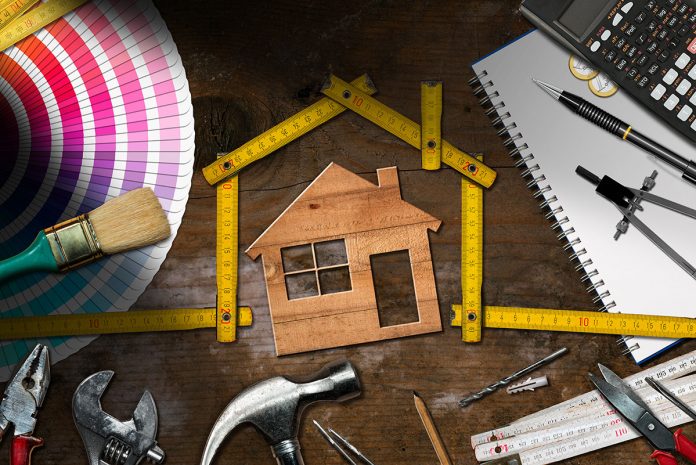When considering remortgaging for Home Improvements, it is worth conducting a mortgage review and consultation rather than just calling your current lender.
For those new to property ownership and looking at improving their home, a remortgage is where you take out a new mortgage on a property you already own. In the case of funding home improvements, you would either replace your existing mortgage and borrow money against your property with your current lender, or take the opportunity to switch provider, for a better deal.
33% of the UK mortgage market is ‘remortgages’
When you consider that around a third of all home loans in the UK mortgage market are actually remortgages, it goes to show that shopping around and switching provider is becoming the norm.
Top Tips on Remortgaging for Home Improvements
- Benchmark the Cheapest Possible Mortgage – Dont just get a quote form your current provider but shop around, use comparison sites and speak to an independent mortgage broker.
- Dont Forget About the Fees – factor in the cost of your fees over the deal term. For example £2400 in fees on a 2 year fixed adds another £100 a month to the overall cost.
- Remember Affordability Checks – If borrowing more, lenders will consider your finances as they are now against the new mortgage, so if things have changed since your original mortgage, bear this in mind.
- Check Your Credit File – make sure there isnt anything that could hinder your application
- Consider a Mortgage Broker – a good independent broker can offer advice on which lender is right for your circumstances.
Should You Switch Lender when Remortgaging?
Sadly, in this day and age customer loyalty rarely offers any benefits and in particular with financial services like banking, mortgages and insurance, the cheaper deals are usually only on offer to new customers. As such, it could save you a lot to shop around when remortgaging for Home Improvements.
Perhaps your current lender has said no to lending you extra money for your home improvements or the terms it’s offering aren’t very good, hence considering the switch.
Remortgaging to a new lender might enable you to raise more money cheaply on lower rates, but as the tips for remortgaging above mention, remember to take all the fees into account to see if it really is cheaper than other forms of borrowing, or sticking with your current lender.
Whether sticking or switching lender, whenever you borrow more money, the lender will ask you what the extra money is for and conduct affordability and credit checks so make sure you affairs are in order before you apply, and any blips are too late to do anything about.
The most commonly acceptable reason to raise more money when remortgaging is for home improvements so don’t fret if you have the affordability and good credit history as so long as there is equity in your home to permit the additional borrowing, you should be fine.
What about if you have bad credit?
According to Mortgage Success, a specialist in bad credit mortgages and remortgages, having bad credit doesnt mean no.
“Whilst any mortgage application is scored on its own merits, a missed payment isnt the dell knell for the application it once was.” says Tony Higham of Mortgage Success Manchester, “…we regularly place mortgages were clients have had past CCJ’s and debt management plans but they have the income and the equity for some lenders to not shy away from.”
Before making a mortgage application the best advice is to check your credit file (Experian, Equifax and QuickCall) to see if there are any issues that may hold you back. If you are unsure, or your circumstances have changed it is always best practice to speak to an independent whole of market broker.



